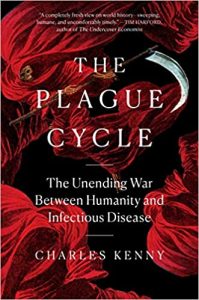A holiday weekend, so I’m working my way through the book pile. I’ve raced through the absolutely excellent Privatizing Welfare Services: Lessons from the Swedish Experiment by Mårten Blix and Henrik Jordahl. This should go on any public policy course reading list in future, and is also a must-read for the policy world too. Lessons from other countries can be valuable, and in the UK we tend mainly to look at the US and to a lesser degree other Anglophone places, so this overview of Sweden’s experience is very welcome.
For Sweden has experienced a transformation in the past 4 decades from the post-war comprehensive cradle-to-grave welfare state to one where 17% of public services are provided by the private sector. This includes major services in healthcare, nurseries and schools, and elderly social care. As the book says, there has been a large amount of evaluation of the reinvention of Sweden’s welfare state, but not much of it in English. So this critical overview is invaluable.
The authors argue that without reform, the old-style welfare state would have become increasingly costly and ineffective. Citizens were by the 1980s dissatisfied with quality. The first, and controversial, steps came in the mid-1980s; for example in 1984 the first private pre-school received public funding. The economic crisis of 1992 cemented what seemed inevitable. However, service privatization has proceeded gradually if steadily rather than in a Thatcher-style ideological wave. This meant that its evident early successes, in expanding availability and improving choice, made it too popular for Social Democrat governments to reverse. In addition, different municipalities proceeded at different paces, so successes spread by imitation.
The book is organized thematically. Chapters cover quasi-markets, spending controls and efficiency, welfare reform, competition and choice, management of welfare services, and public opinion. Its conclusions are nuanced. Service privatisation has generally been effective in improving outcomes and improving the financial sustainability of the social contract, the authors conclude. But there are challenges.
One is the existence of information asymmetries between the state and private providers (I’m reminded of the excellent Hart, Schleifer and Vishny paper, which also always goes on my reading lists). Another is that the world is constantly changing, so no arrangement of collective choices is likely to stay unchanged for ever; it must respond to context. However, the other point that leaps out for me is the benefit of having both public and private service provision. This both reduces the information asymmetries (as the state is a provider too), and ensures that competition occurs along more dimensions than price alone (mitgating against cost and quality reductions for the sake of profit). All conclusions consistent with the view I set out in Markets, State and People.
The only downside – it is, alas, an expensive book. But one well worth recommending to your library.







